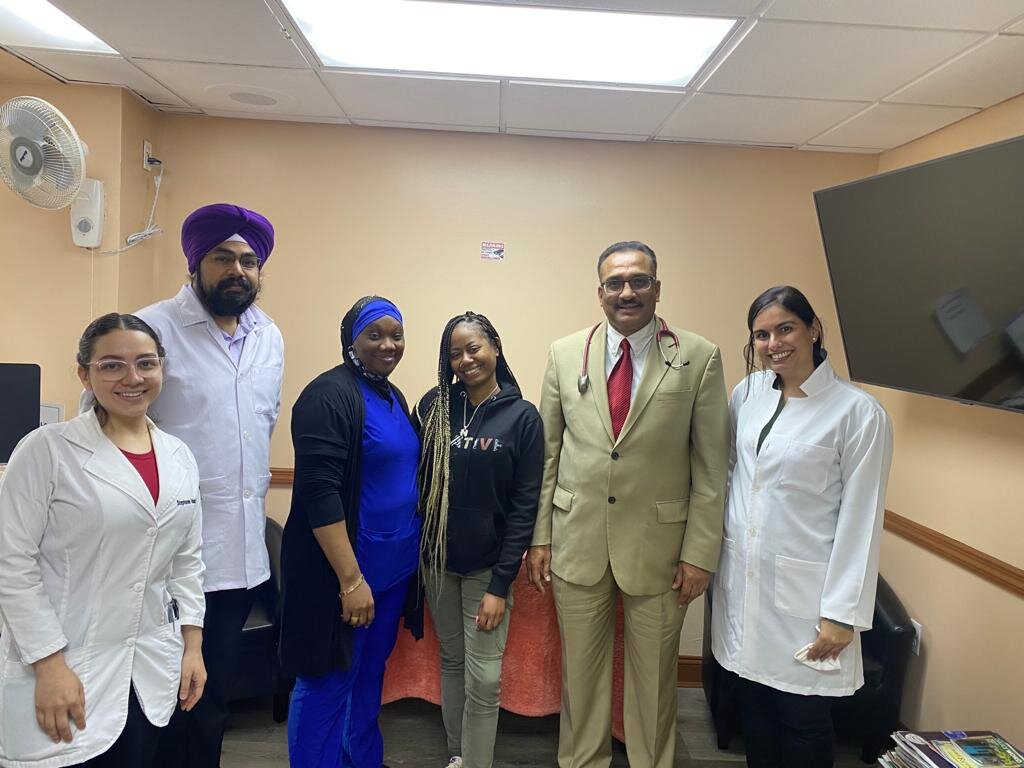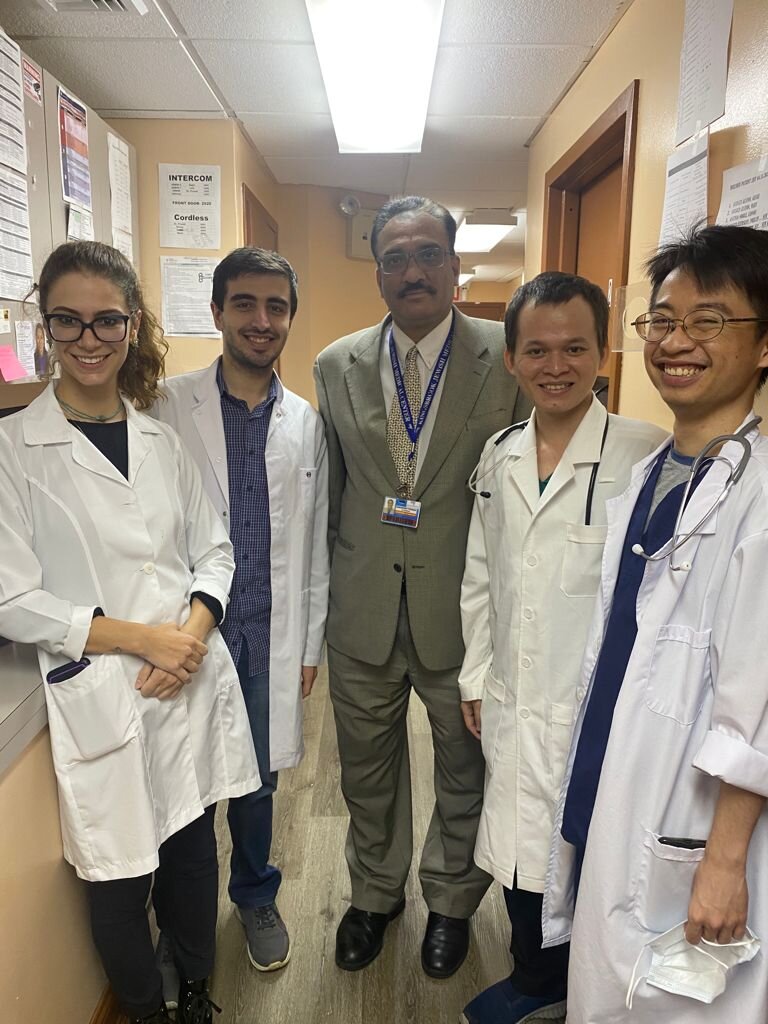Medical Intern's History
Medical Intern's History
Prasad Medical Physician PC is a Internal Medicine & Nephrology Office and we are located in Brooklyn, NY, and has over 33 years of experience in the medical field. Please check our locations on the map
Medical school is a four-year period during which a student receives formal training to become a doctor. The latter half of medical school comprises clinical rotations, where the student gets the chance to apply the knowledge they've learned in the classroom. If you're looking to pursue a career in the medical field, it's important to understand what clinical rotations are and how they count toward your training. In this article, we define clinical rotations, discuss their importance and answer several frequently asked questions about them.
Why are clinical rotations important: The importance of clinical rotations lies in the clinical experience they offer medical students. The first and second years of medical school are largely devoted to academic learning, with the education deriving from lectures, textbooks and other literature. It's during the last two years, with clinical rotations, that medical students get to apply their classroom learning to clinical practice.
What are clinical rotations: Clinical rotations, also known as clerkships, refer to a series of assigned shifts at a medical facility during which a medical student delivers medical care under the supervision of an attending physician and alongside residents and other medical students. Rotations are an integral part of medical education, as it allows students to apply classroom knowledge to clinical practice. They begin in the latter half of a medical student's education—years three and four—and comprise a specific amount of time in each of the core specialties:
Internal medicine: Internal medicine focuses on the prevention, diagnosis and treatment of internal diseases in adult patients.
Family medicine: Family medicine refers to medical care provided to patients of all age groups, including children and the elderly





 WhatsApp Us
WhatsApp Us